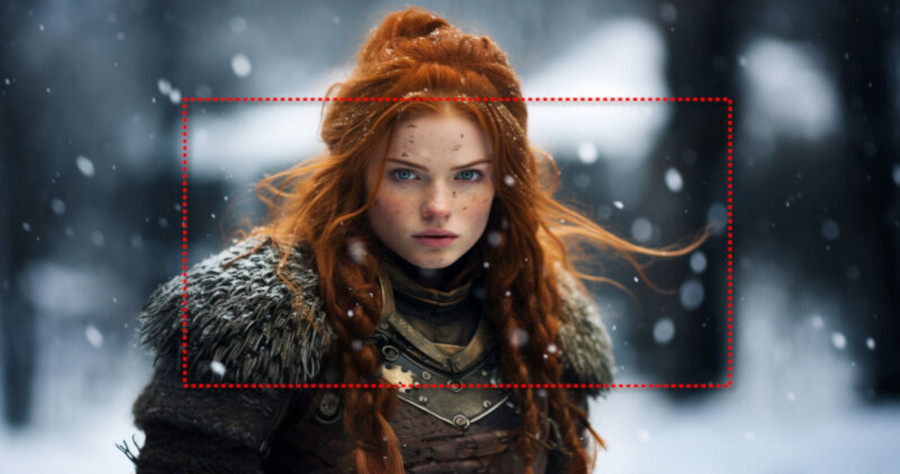Midjourney, an AI-powered image synthesis model, has unveiled version 5.2, featuring a new “zoom out” capability. This feature allows users to expand the borders of an existing AI-generated image while keeping the original subject centered, simulating a zoom-out effect. Unlike other AI techniques like DALL-E 2 and Photoshop’s Generative Fill, the zoom-out feature in Midjourney currently only works with images generated within the Midjourney subscription service.

Users can experiment with zooming out on the Midjourney Discord server by generating a v5.2 image and upscaling the result. Special “Zoom” buttons appear below the output, enabling users to zoom out by a factor of 1.5x, 2x, or a custom value between 1 and 2. Additionally, a “Make Square” button generates material around the existing image, creating a 1:1 square aspect ratio. The creator of Midjourney, David Holz, announced these new features along with other improvements, such as an enhanced aesthetic system for better image quality and a “–stylize” command that influences the level of realism in the generated images.
Holz emphasized that changes might occur without notice, but users can still access older versions of the Midjourney model. The v5.2 update is part of a series of quality improvements since March 2022, aiming to enhance image realism and detail. While fans of this AI-generated art form, known as “synthography,” have expressed excitement and astonishment at the visual improvements, the use of AI systems for image synthesis remains controversial among some artists. Concerns revolve around the training process, which often involves utilizing scraped images from the web without artist consent or credit. Midjourney has not disclosed the exact contents of its training data, raising ethical considerations.
While Midjourney continues to impress with its technical advancements, there is ongoing discussion about finding a more ethical path forward for AI image synthesis that respects artists and their rights. The hope is to strike a balance that pleases traditional artists and synthographers alike, ensuring a fair and inclusive approach to this evolving technology.

